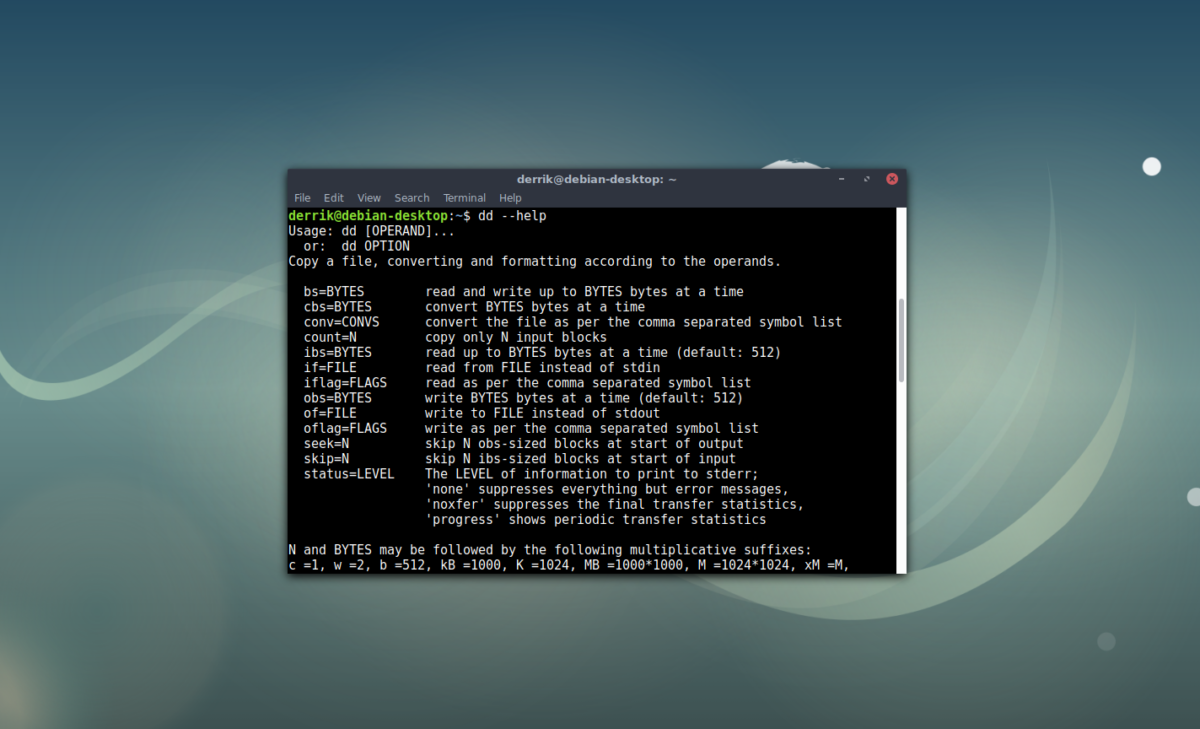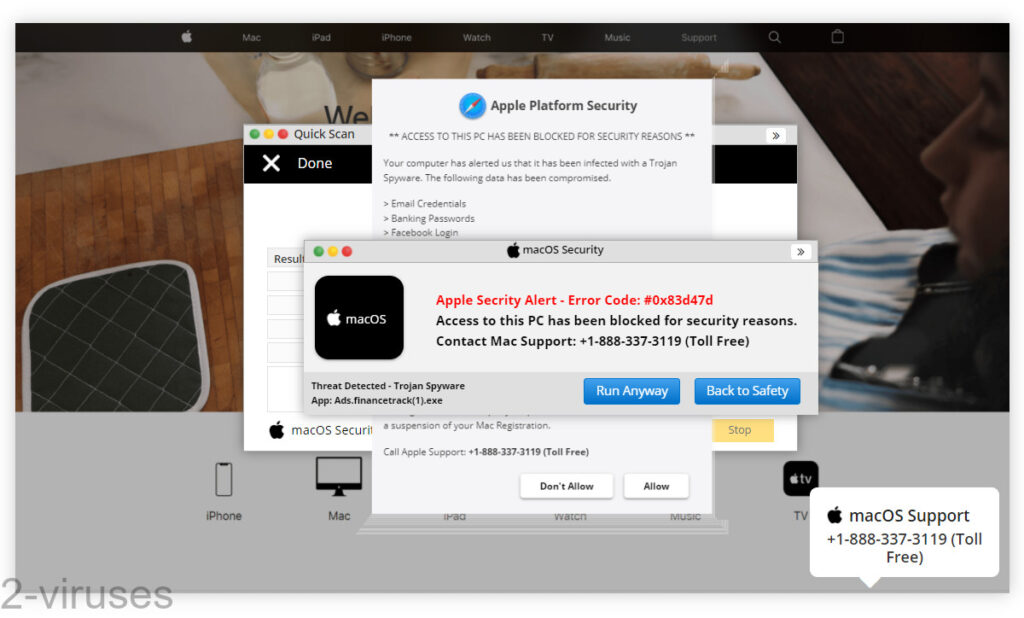

Good news : I found the command line uninstallation commands.
#Secure delete on mac terminal how to
How do you remove webroot when it doesn’t seem to want to go quietly? How to uninstall Webroot on a Mac It sure is frustrating to work on a laggy machine. However I found that Webroot had some magic ability to resurrect itself and get back to its old habits.

That’s what the offcial support articles seem to recommend. You might try to uninstall Webroot by booting into safe mode and dragging the application into the trash. If you can’t get your work done, you might dare to plow ahead and remove it anyway.īefore hand, you might be wondering – is it even legal to remove an anti-virus on a computer you don’t own? Only God knows. You might even have to write an email to ask the glorious IT team to get rid of Webroot for you. You might not have access to the holy keyboard. You may not have the privileges to uninstall. Perhaps the Webroot on your machine was installed by your company’s wise IT team. You click the little icon – go to the control panel – no uninstall option. So now, you find that you can’t uninstall Webroot. If you open Activity Monitor and you find that a process called WSDaemon (Webroot) is constantly using a large percentage of your CPU, you might want to get rid of it, like I did. There have been speculations on these threads that the issue may be related in some mysterious way to Webroot’s web protection running along side Google Chrome. There are plenty of threads relating to this issue elsewhere on the internet, lots of people have this problem. I’m not sure what it’s doing, but it sure uses a lot of CPU. In my experience, Webroot hogs CPU constantly and runs down the battery. Try as you may, you can’t find the uninstall button. All you want to do is get your work done, so you try to remove Webroot. You might find that Webroot is slowing down your computer. Webroot is addicted to CPU like John McAfee is purportedly addicted to drugs. There’s something wrong with Webroot on MacOS, and that’s probably why you’re here. It is quite popular with large companies since it installs onto multiple platforms and provides tools to help manage a collection of machines from a central location. When Webroot is running on a Mac, it calls itself WSDaemon. Perhaps you noticed it popping up in security dialogs. You probably got here while searching something like how to remove webroot.


 0 kommentar(er)
0 kommentar(er)
